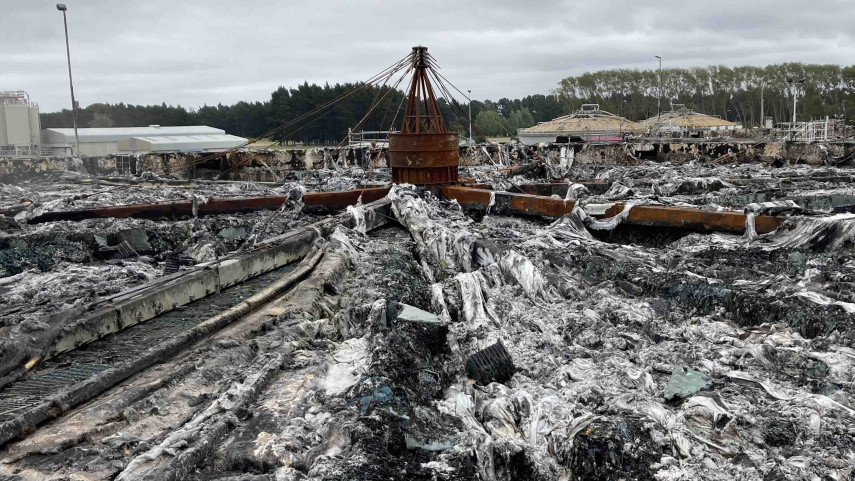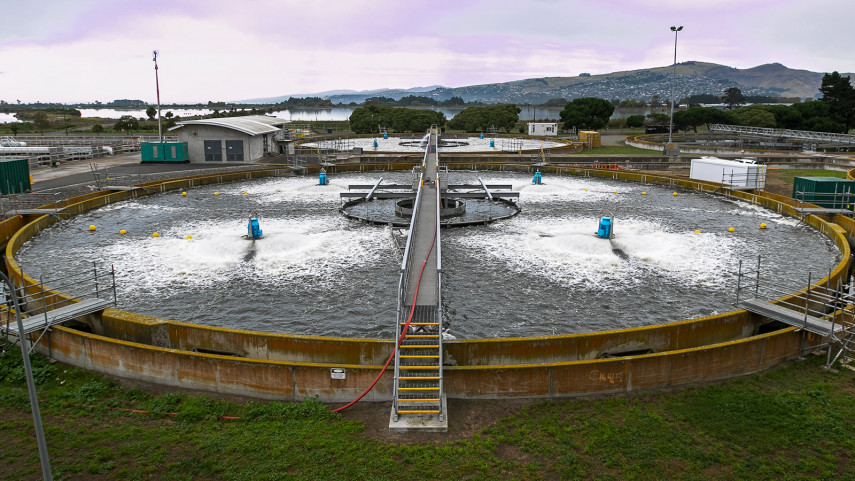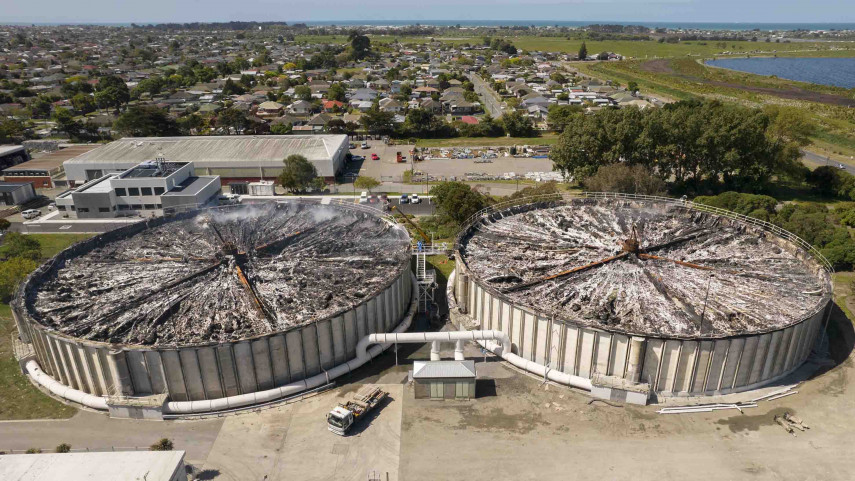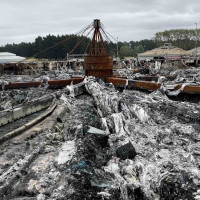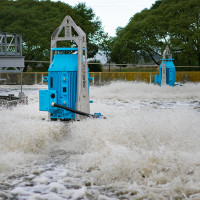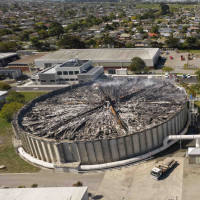
No quick fix to wastewater treatment plant stench

Share this story
Thorough investigations have revealed there is no quick fix to the stench coming from the fire-damaged Christchurch Wastewater Treatment Plant.
“If there was a quick fix we would have used it by now because we all want the stench gone – it’s horrible and it is very distressing for those residents who live close to the plant’’ says Mayor Lianne Dalziel.
“Council staff have investigated a range of suggestions about how we could mask the stench but none of them stack up. In fact, some of the options would be dangerous because of the mix of chemicals and compounds involved.
“The last thing we want to do is make a bad situation worse.
“One of the options looked at very seriously was whether we could spray de-odourising mist over the rotting material inside the trickling filters to counter the stench, but unfortunately it would pose a health risk to staff working at the plant and potentially the wider community. It is also likely to be harmful to the environment so we have had to rule that out,’’ Mayor Dalziel says.
“Given the height of the trickling filters and the large area that would need to be sprayed, it would be impossible to apply the deodoriser in a way that avoids the chemical drifting into other areas of the plant and, in even moderate winds, to the nearby residential areas.
“It is clear that the best way for us to stop the stench is to remove the material from inside the filters. Each of the trickling filters is about three storeys tall and 55 metres wide so there is about 26,000 cubic metres – or 10 Olympic-sized swimming pools – of material that needs to be removed.
“It is a big task that is likely to take four to seven months to complete. We are in the closing stages of appointing a contractor to start removing the material. They know how distressing the stench from the trickling filters has been and they will be pulling out all the stops to get the material removed as quickly as possible.
“If they can do it faster than four to seven months, they will,’’ the Mayor says.
The material from the trickling filters will be loaded into sealed bins and taken to the Kate Valley landfill where it will be treated as hazardous waste.
“We are discussing with Transwaste Canterbury Limited ways in which truck movements can be coordinated to maximise the number of loads disposed each week so that we can get the material moved off site as quickly as possible,’’ Mayor Dalziel says.
“While we have received assurances from health agencies that the stench from the plant is unlikely to cause people any physical harm, we have engaged a specialist scientific firm to analyse the odours coming from the trickling filters.
“They will be doing air sampling at the plant and in the surrounding areas to gain a better understanding of the composition of the odours. We hope to have the findings of their testing and analysis in early May and will share them with residents.
“Public safety is paramount for us. While we want to remove the foul-smelling material from the trickling filters as possible, we cannot take short-cuts that could compromise people’s safety,’’ the Mayor says.
*To keep up-to-date with what’s been done to combat the stench at the Christchurch Wastewater Treatment Plant sign up to our e-newsletter at ccc.govt.nz/wastewaterfire.

